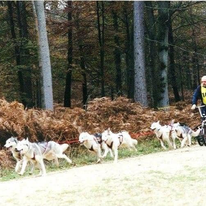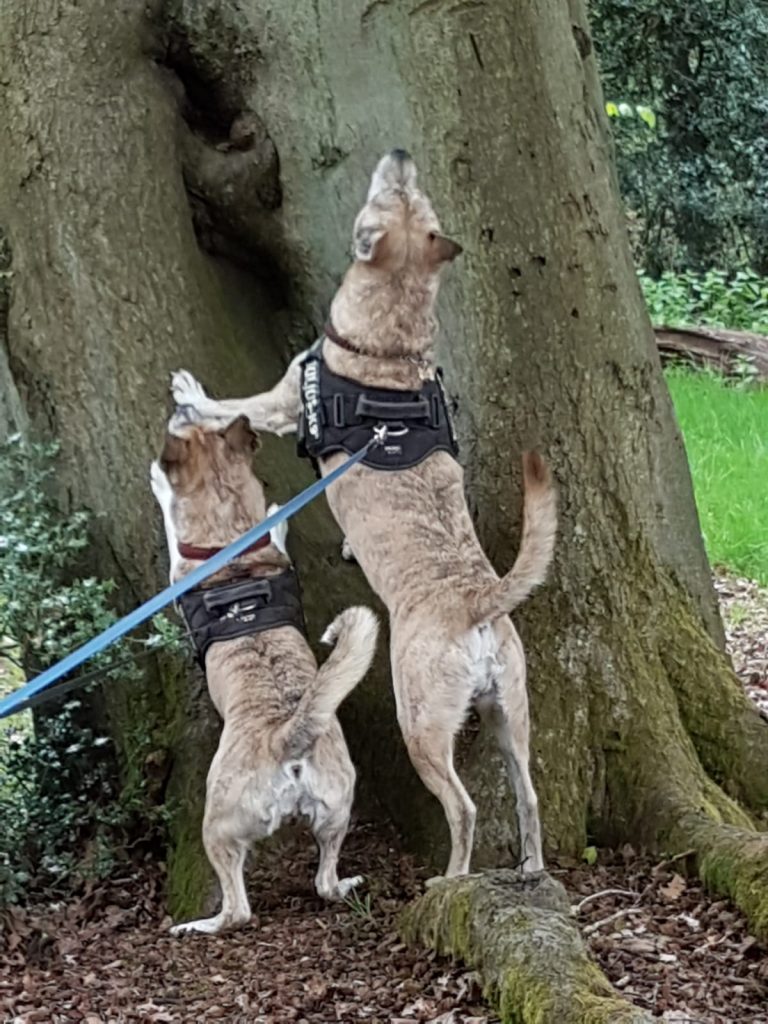Guide dogs are specially trained to assist people who are blind or visually impaired with mobility and navigation. These dogs provide a life-changing service to their handlers, and the training they receive is rigorous and extensive.
In the UK, guide dogs are trained by a number of organizations, including Guide Dogs, a national charity that has been providing guide dogs to people in need since 1931. The training process begins when the dogs are puppies, and it typically takes 2-3 years to complete.
The first step in training a guide dog is to select the right puppies for the job. This process involves evaluating the puppies for temperament, health, and suitability for the role. Only a small percentage of puppies are selected to become guide dogs, as the training process is demanding and not all dogs are capable of meeting the necessary standards.
Once a puppy has been selected, it begins a socialization period where it is exposed to a variety of people, places, and situations to help it become comfortable and confident in different environments. The puppy also begins basic obedience training, which includes commands such as “sit,” “stay,” and “come.”
As the puppy grows and develops, it begins more advanced training to prepare it for its role as a guide dog. This includes learning how to navigate obstacles, cross roads safely, and respond to commands from its handler. The dogs are also trained to recognize and avoid hazards, such as stairs and low hanging branches.
In addition to mobility training, guide dogs also receive extensive socialization and behavior training to ensure that they are well-mannered and well-behaved in public. This includes training in manners, such as not begging for food or jumping on people, and in etiquette, such as not barking or pulling on the leash.
Once a guide dog has completed its training, it is paired with a blind or visually impaired handler and undergoes a period of adjustment and bonding. The handler is responsible for the care and training of the guide dog, and the two work together as a team to navigate the world.
Overall, the training of guide dogs is a lengthy and intensive process that requires dedication and skill. These amazing dogs provide a valuable service to those in need and make a difference in the lives of their handlers every day.

